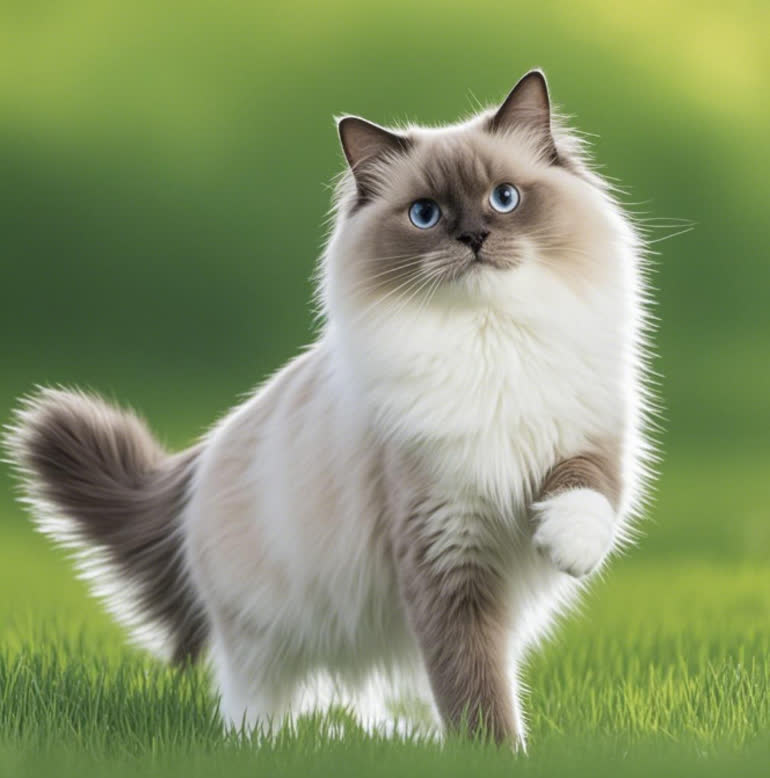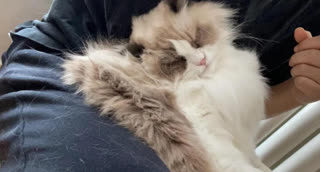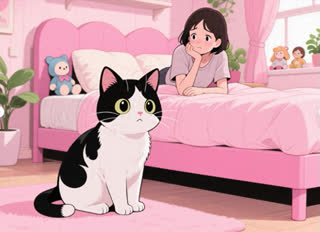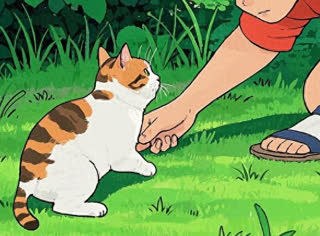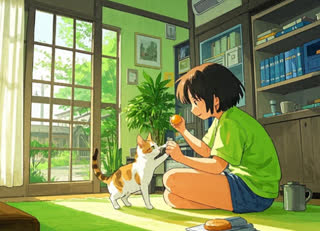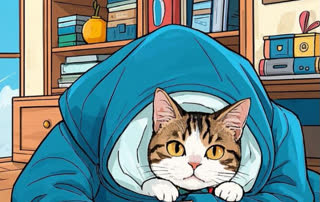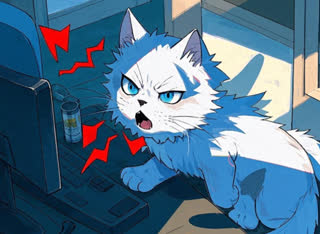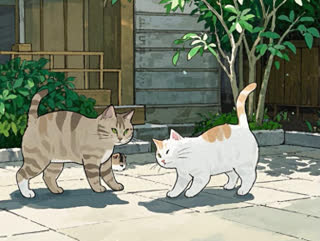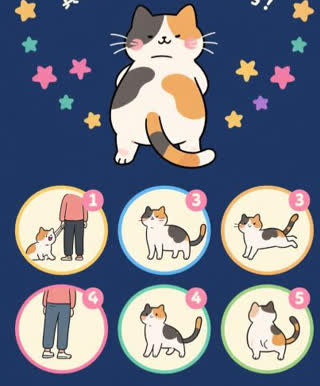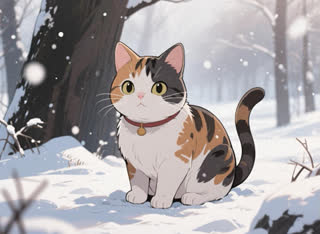The ragdoll cat breed has captivated cat enthusiasts worldwide with its striking blue eyes and plush fur. Developed in 1960s California, these gentle giants earned their name from their tendency to go completely limp when held - a unique trait that makes them exceptional companion animals. As one of America's most popular cat breeds, understanding their distinctive characteristics and care requirements helps owners provide the best life for these affectionate felines.
The Colorful History of Ragdoll Cats
The ragdoll cat breed originated through selective breeding by Ann Baker in Riverside, California. Baker's foundation cat Josephine - a white Angora-type cat - produced kittens with unusually docile temperaments after surviving a car accident. This legend, while unproven, contributes to the breed's mystique. The International Cat Association (TICA) granted championship status in 1979, cementing their position in competitive feline circles.
Defining Physical Characteristics
Ragdoll cats display three distinctive patterns (colorpoint, mitted, and bicolor) across six recognized colors. Their semi-longhaired coats require weekly brushing but resist matting better than other longhaired breeds. Adult males typically weigh 15-20 pounds, with females slightly smaller at 10-15 pounds. The breed's most notable feature remains their mesmerizing oval-shaped blue eyes, which maintain intensity throughout their lives.
Personality Traits That Set Ragdolls Apart
Unlike many cat breeds, ragdolls thrive on human interaction. They frequently follow owners from room to room and greet visitors at the door. Their calm demeanor makes them excellent therapy animals and ideal for families with children. While not overly vocal, they communicate through soft trills and will "talk back" during conversations. This breed's intelligence shines through puzzle-solving abilities and leash-training potential.
Optimal Nutrition Requirements
Feed ragdoll cat breed members high-quality protein sources to maintain muscle mass. Many owners opt for grain-free formulas with added omega fatty acids to support coat health. Due to their large size, kittens need kitten-specific formulas until 12-15 months old. Controlled portion sizes help prevent obesity - a common concern in less active individuals.
Grooming Your Ragdoll Cat
Despite their luxurious coats, ragdoll cats require minimal grooming compared to other longhaired breeds. A weekly brushing routine with a stainless steel comb prevents tangles and reduces hairballs. Pay special attention to their ruff (neck fur) and britches (hind leg fur). Most ragdolls enjoy grooming sessions as bonding opportunities with owners.
Health Considerations and Lifespan
With proper care, the ragdoll cat breed typically lives 12-17 years. Reputable breeders screen for hypertrophic cardiomyopathy (HCM) and polycystic kidney disease (PKD). Annual veterinary checkups should include cardiac ultrasounds after age 3. Their lack of undercoat makes them sensitive to temperature extremes - maintain indoor environments between 68-78°F.
Training and Enrichment Strategies
Ragdoll cats respond exceptionally well to positive reinforcement training. Many learn to fetch toys, walk on leashes, and perform simple tricks. Provide vertical climbing spaces and interactive puzzle feeders to stimulate their intelligent minds. Rotate toys weekly to prevent boredom in this people-oriented breed.
Socialization With Children/Pets
The ragdoll cat breed's tolerant nature makes them excellent companions for gentle children. Supervise interactions with dogs until proper introductions establish mutual respect. Their non-aggressive temperament means they typically avoid confrontations with other pets. Always provide escape routes in multi-pet households.
Choosing a Reputable Breeder
When seeking ragdoll kittens, verify breeders through TICA or CFA affiliations. Ethical breeders will:
• Provide health clearances for both parents
• Keep kittens until 12-16 weeks old
• Offer genetic health guarantees
• Answer detailed questions about lineage
Avoid "teacup" or "miniature" ragdoll claims - these violate breed standards.
Ragdolls vs. Similar Breeds
While often compared to Birman or Himalayan cats, the ragdoll cat breed stands out through:
• Larger overall size
• More limited color patterns
• Distinctive floppy posture when held
• Longer maturation period (full size at 4 years)
• Greater propensity for dog-like behaviors
Conclusion: Is the Ragdoll Cat Right for You?
The ragdoll cat breed makes an ideal companion for owners seeking an affectionate, low-maintenance pet. Their adaptability suits various living situations, from apartments to large homes. While initial costs run higher than average domestic cats (800−2,500 from reputable breeders), their loving nature and stunning appearance justify the investment for devoted owners. Always consider adoption options through ragdoll-specific rescues before purchasing from breeders.
